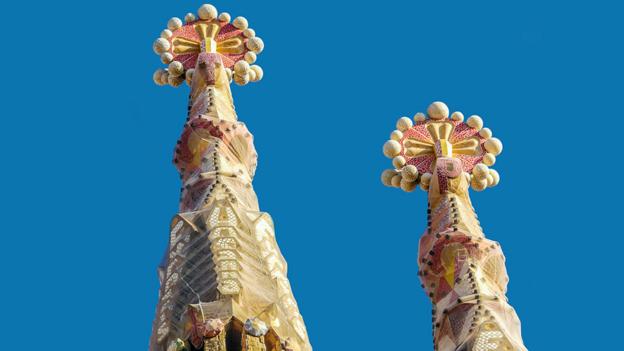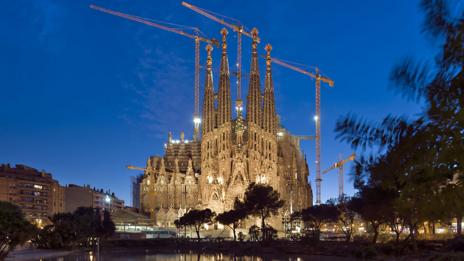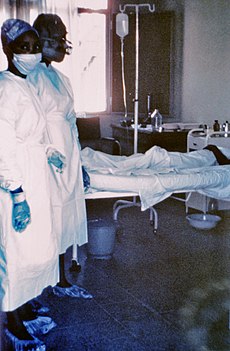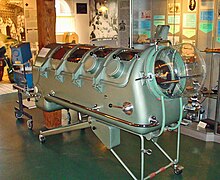October 14 is the 287th day of the year. There are 78 days remaining until the end of the year.
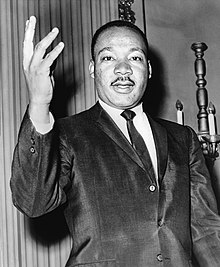 |
| King in 1964 |
Today's Highlight in History-1964 –
Martin Luther King, Jr. received the Nobel Peace Prize for combating racial inequality through nonviolence.
Martin Luther King, Jr. (January 15, 1929 – April 4, 1968) was an American pastor, activist, humanitarian, and leader in the African-American Civil Rights Movement. He is best known for his role in the advancement of civil rights using nonviolent civil disobedience based on his Christian beliefs.
He was born Michael King, but his father changed his name in honor of the German reformer Martin Luther. A Baptist minister, King became a civil rights activist early in his career. He led the 1955 Montgomery Bus Boycott and helped found the Southern Christian Leadership Conference (SCLC) in 1957, serving as its first president. With the SCLC, King led an unsuccessful struggle against segregation in Albany, Georgia, in 1962, and organized nonviolent protests in Birmingham, Alabama, that attracted national attention following television news coverage of the brutal police response. King also helped to organize the 1963 March on Washington, where he delivered his famous "I Have a Dream" speech. There, he established his reputation as one of the greatest orators in American history.
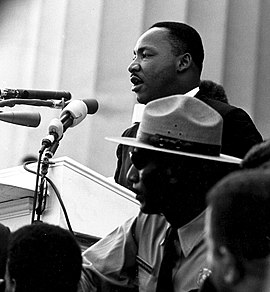 |
King is most famous for his
"I Have a Dream" speech, given in front of
the Lincoln Memorial during the 1963
March on Washington for Jobs and Freedom. |
King was awarded at least fifty honorary degrees from colleges and universities.On October 14, 1964, King became the youngest recipient of the Nobel Peace Prize, which was awarded to him for leading non-violent resistance to racial prejudice in the U.S
In 1965, he was awarded the American Liberties Medallion by the American Jewish Committee for his "exceptional advancement of the principles of human liberty". In his acceptance remarks, King said, "Freedom is one thing. You have it all or you are not free."
In 1957, he was awarded the Spingarn Medal from the NAACP. Two years later, he won the Anisfield-Wolf Book Award for his book Stride Toward Freedom: The Montgomery Story. In 1966, the Planned Parenthood Federation of America awarded King the Margaret Sanger Award for "his courageous resistance to bigotry and his lifelong dedication to the advancement of social justice and human dignity". Also in 1966, King was elected as a fellow of the American Academy of Arts and Sciences. In 1971 he was posthumously awarded a Grammy Award for Best Spoken Word Album for his Why I Oppose the War in Vietnam.
In 1977, the Presidential Medal of Freedom was posthumously awarded to King by President Jimmy Carter. King was second in Gallup's List of Most Widely Admired People of the 20th Century. In 1963, he was named Time Person of the Year, and in 2000, he was voted sixth in an online "Person of the Century" poll by the same magazine. King placed third in the Greatest American contest conducted by the Discovery Channel and AOL.
King was posthumously awarded the Presidential Medal of Freedom and the Congressional Gold Medal. Martin Luther King, Jr. Day was established as a holiday in numerous cities and states beginning in 1971, and as a U.S. federal holiday in 1986. Hundreds of streets in the U.S. have been renamed in his honor. In addition, a county was rededicated in his honor. A memorial statue on the National Mall was opened to the public in 2011.
In 1968, King was planning a national occupation of Washington, D.C., to be called the Poor People's Campaign, when he was assassinated on April 4 in Memphis, Tennessee. King was shot as he stood on Lorraine Motel's second-floor balcony. The bullet entered through his right cheek, smashing his jaw, then traveled down his spinal cord before lodging in his shoulder
After emergency chest surgery, King was pronounced dead at St. Joseph's Hospital at 7:05 p.m. According to biographer Taylor Branch, King's autopsy revealed that though only 39 years old, he "had the heart of a 60 year old", which Branch attributed to the stress of 13 years in the civil rights movement. His death was followed by riots in many U.S. cities.
World Events
222 – Pope Callixtus I is killed by a mob in Rome's Trastevere after a 5-year reign in which he had stabilized the Saturday fast three times per year, with no food, oil, or wine to be consumed on those days. Callixtus is succeeded by cardinal Urban I.
1066 – Norman Conquest: Battle of Hastings – In England on Senlac Hill, seven miles from Hastings, the Norman forces of William the Conqueror defeat the English army and kill King Harold II of England.
1773 – The first recorded Ministry of Education, the Commission of National Education, is formed in the Polish–Lithuanian Commonwealth.
1884 – The American inventor, George Eastman, receives a U.S. Government patent on his new paper-strip photographic film.
1888 – Louis Le Prince films first motion picture: Roundhay Garden Scene.
1910 – The English aviator Claude Grahame-White lands his Farman Aircraft biplane on Executive Avenue near the White House in Washington, D.C..
1912 – While campaigning in Milwaukee, the former President of the United States, Theodore Roosevelt, is shot and mildly wounded by John Schrank, a mentally-disturbed saloon keeper. With the fresh wound in his chest, and the bullet still within it, Mr. Roosevelt still carries out his scheduled public speech.
1926 – The children's book Winnie-the-Pooh, by A. A. Milne, is first published.
1933 – Nazi Germany withdraws from the League of Nations.
1940 – Balham underground station disaster in London, England, occurs during the Nazi Luftwaffe air raids on Great Britain.
1943 – José P. Laurel takes the oath of office as President of the Philippines (Second Philippine Republic).
1944 – Linked to a plot to assassinate Adolf Hitler, Field Marshal Erwin Rommel is forced to commit suicide.
1947 – Captain Chuck Yeager of the U.S. Air Force flies a Bell X-1 rocket-powered experimental aircraft, the Glamorous Glennis, faster than the speed of sound - over the high desert of Southern California - and becomes the first pilot and the first airplane to do so in level flight.
1952 – Korean War: United Nations and South Korean forces launch Operation Showdown against Chinese strongholds at the Iron Triangle. The resulting Battle of Triangle Hillis the biggest and bloodiest battle of 1952.
1957 – Queen Elizabeth II becomes the first Canadian Monarch to open up an annual session of the Canadian Parliament, presenting her Speech from the throne in Ottawa, Canada.
1958 – The American Atomic Energy Commission, with supporting military units, carries out an underground nuclear weapon test at the Nevada Test Site, just north of Las Vegas.
1958 – The District of Columbia's Bar Association votes to accept African-Americans as member attorneys.
1964 – Martin Luther King, Jr. received the Nobel Peace Prize for combating racial inequality through nonviolence.
1966 – The city of Montreal begins the operation of its underground Montreal Metro rapid-transit system.
1968 – Apollo program: The first live TV broadcast, by American astronauts in orbit, was performed by the Apollo 7 crew.
1968 – Jim Hines of the United States of America becomes the first man ever to break the so-called "ten-second barrier" in the 100-meter sprint in the Summer Olympic Games held in Mexico City with a time of 9.95 seconds.
1969 – The United Kingdom introduces the British fifty-pence coin, which replaces, over the following years, the British ten-shilling note, in anticipation of the decimalization of the British currency in 1971, and the abolition of the shilling as a unit of currency anywhere in the world.
1979 – The first Gay Rights March on Washington, D.C., the National March on Washington for Lesbian and Gay Rights, demands "an end to all social, economic, judicial, and legal oppression of lesbian and gay people", and draws 200,000 people.
1981 – Vice President Hosni Mubarak is elected as the President of Egypt one week after the assassination of the President of Egypt, Anwar Sadat.
1982 – U.S. President Ronald Reagan proclaims a War on Drugs.
1983 – Maurice Bishop, Prime Minister of Grenada, is overthrown and later executed in a military coup d'état led by Bernard Coard.
1994 – The Palestinian leader, Yasser Arafat, The Prime Minister of Israel, Yitzhak Rabin, and the Foreign Minister of Israel, Shimon Peres, receive the Nobel Peace Prize for their role in the establishment of the Oslo Accords and the framing of the future Palestinian Self Government.
1998 – Eric Rudolph is charged with six bombings including the 1996 Centennial Olympic Park bombing in Atlanta, Georgia.
